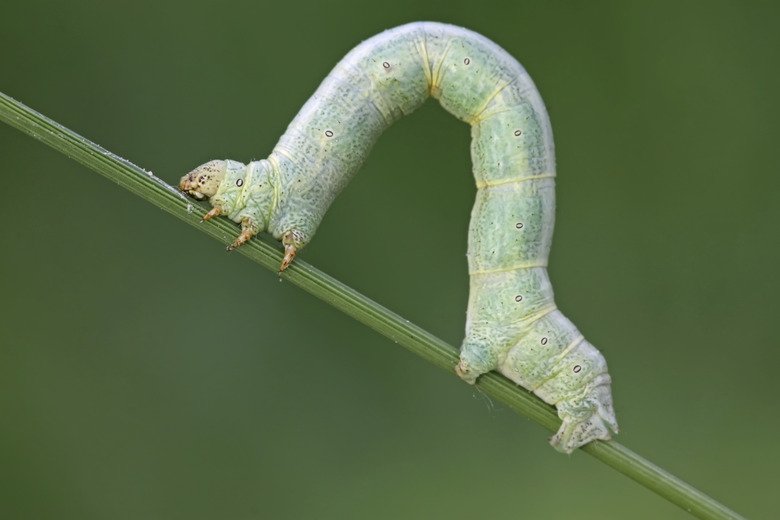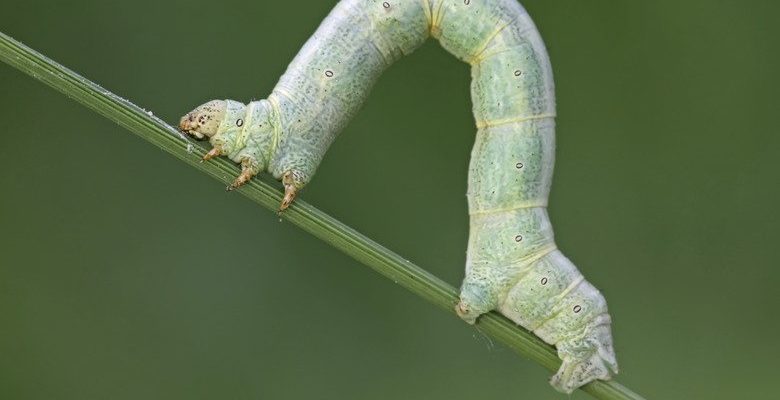
Imagine you’re at a cozy café, sipping your favorite coffee, and you start chatting with me about inchworms. You might be wondering, “So, what exactly makes these little creatures tick?” Well, a lot of it has to do with how light influences their behaviors. Just as we humans enjoy a sunny day or feel lazy when it’s too cloudy, inchworms also respond to changing light. Let’s dive into how these light conditions affect their activity.
Understanding Inchworms
Before we explore the relationship between light and inchworm behavior, let’s get to know these creatures a bit better. Inchworms are the larvae of moths, particularly belonging to the families Geometridae and Noctuidae. They’re known for their distinctive looping movement, which looks like they’re measuring the ground—hence the name “inchworm.”
These little critters can be found in various habitats, from forests to gardens. They thrive on a diet of leaves, munching away on foliage during the warmer months. Their green or brown coloration helps them blend into their environment, acting like a built-in camouflage. This way, they can avoid being eaten by predators, which is crucial for their survival.
One of the most fascinating aspects of inchworms is their life cycle. They undergo several stages, starting as eggs, then hatching into larvae, transforming into pupae, and finally emerging as adult moths. Each stage has unique behaviors and adaptations, and their activity levels can vary dramatically depending on environmental factors—especially light.
The Role of Light in Nature
Light is more than just something that brightens our day; it plays a crucial role in the lives of many organisms, including inchworms. In nature, light cues help animals know when to eat, mate, and even rest. For inchworms, light conditions can signal when it’s time to be active or to stay hidden.
Inchworms are generally more active during the evening and early morning hours. This nocturnal behavior helps them avoid predators, as many birds and other animals hunt during the day. During these low-light conditions, inchworms can venture out to feed while staying relatively safe. It’s like a night shift for these tiny creatures!
Additionally, the angle and intensity of sunlight can affect inchworm activity. On bright, sunny days, they might stay tucked away, blending into the foliage. However, on overcast days, they may feel more secure to come out and munch on leaves. It’s all about finding a balance between eating and being safe from predators.
Temperature and Light Interaction
Light doesn’t just influence inchworms’ activity directly; it also interacts with temperature, creating a unique environment for these little guys. We know that temperature rises as the sun shines, and this warmth can also trigger inchworm behaviors.
For instance, during a sunny day, the warmth might encourage inchworms to come out and feed. They rely on the sun’s energy to raise their body temperature, helping them stay active. Conversely, on cooler days, they may become sluggish and less willing to move around.
The combination of light and temperature is crucial for their development, too. Inchworms grow best in warm conditions with adequate light. This is why you often see them thriving in spring and summer when the days are longer and warmer. It’s like their personal growth season!
Light Conditions and Feeding Habits
When we think about inchworms, feeding habits are key to their survival and growth. The amount of light available can influence when and how much they eat. During the day, inchworms may remain concealed, munching only when it’s darker. But as dusk approaches, they come alive and start browsing on leaves.
Here’s the thing: the type of leaves they feed on can also depend on light. Some plants thrive in shade, while others need full sun. Inchworms will adapt their feeding patterns to ensure they’re dining on the best leaves available, which are often affected by light exposure.
If you’re ever out in nature, look closely at the plants around you. On well-lit leaves, you may find inchworms chomping away, but under shaded areas, they might be less active. This connection between light availability and their feeding habits underscores just how critical light is in shaping their behavior.
Predators and Light Sensitivity
As we’ve mentioned, inchworms have a lot of natural enemies. Birds, rodents, and other predators see inchworms as tasty snacks. That’s why light sensitivity is so essential for their survival. During daylight hours, inchworms tend to stay hidden, relying on their camouflage to avoid detection.
When light levels are low—like at dawn or dusk—they feel safer to move around. This dichotomy creates an interesting balance. On one hand, they need to feed, and on the other, they need to avoid becoming lunch.
Interestingly, some studies suggest that inchworms may have a form of light detection that helps them gauge their surroundings. By sensing changes in light intensity, they can better predict when it’s safe to emerge and feed. It’s like they have built-in radar, allowing them to navigate between safety and hunger effectively.
Seasonal Changes and Inchworm Activity
As seasons change, so do light conditions, which dramatically affects inchworm activity. In spring, as days get longer and warmer, inchworms emerge from their winter slumber, ready to start munching on fresh new leaves. This is their time to grow and develop, preparing for their transformation into moths.
During the summer, the consistent light and warmth keep inchworms active. However, as autumn approaches and days shorten, their habits shift. They may become less active, focusing more on feeding and preparing for the colder months. Inchworms often enter a state of dormancy as temperatures drop, relying on the weather to dictate their behavior.
These seasonal patterns illustrate how crucial light is for inchworm survival. It’s not just about feeding—light conditions influence their entire life cycle, from growth to reproduction.
Inchworms are remarkable little creatures, and their behavior is intricately tied to light conditions. From how they move to when they feed, light plays a fundamental role in their daily lives. Understanding this connection can help us appreciate these tiny beings a little more, especially when we see them in action during our outdoor adventures.
Next time you’re watching an inchworm inching along, you might think about the delicate balance of light, safety, and survival that guides its every move. Whether you’re an avid nature lover or a curious beginner, recognizing how light conditions influence inchworm activity can deepen your understanding of the natural world. So, keep exploring, and you might just discover more secrets that these fascinating little creatures hold!

